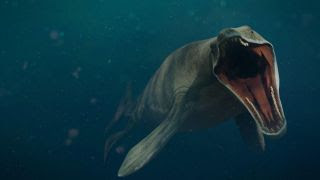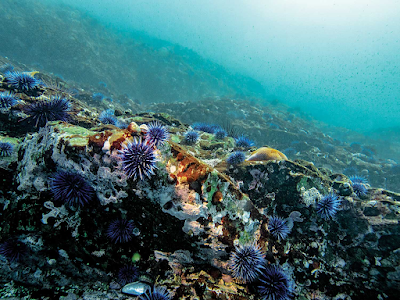Blade Runner: The Badass Whale

In 2001, a humpback whale was cut by a boat propeller in Sydney, Australia. The 30-centimeter-deep scars are still visible along her side today, but this whale has defied the odds and survived. She is known as Blade Runner. Blade Runner was first seen in the waters off Sydney in 2001. She was swimming with her calf when she was struck by a boat propeller. The impact was so severe that it caused her to bleed profusely. She was also left with a number of deep scars, including one that runs the entire length of her side. Despite her injuries, Blade Runner survived. She was able to swim away and rejoin her pod. In the years since, she has been seen repeatedly in the waters off Sydney and New South Wales. She has even been spotted as far away as Tasmania. Blade Runner's story has also helped to raise awareness of the dangers that whales face from boat strikes. Each year, hundreds of whales are injured or killed by boats. Blade Runner is a reminder of the importance of taking steps to pr...





